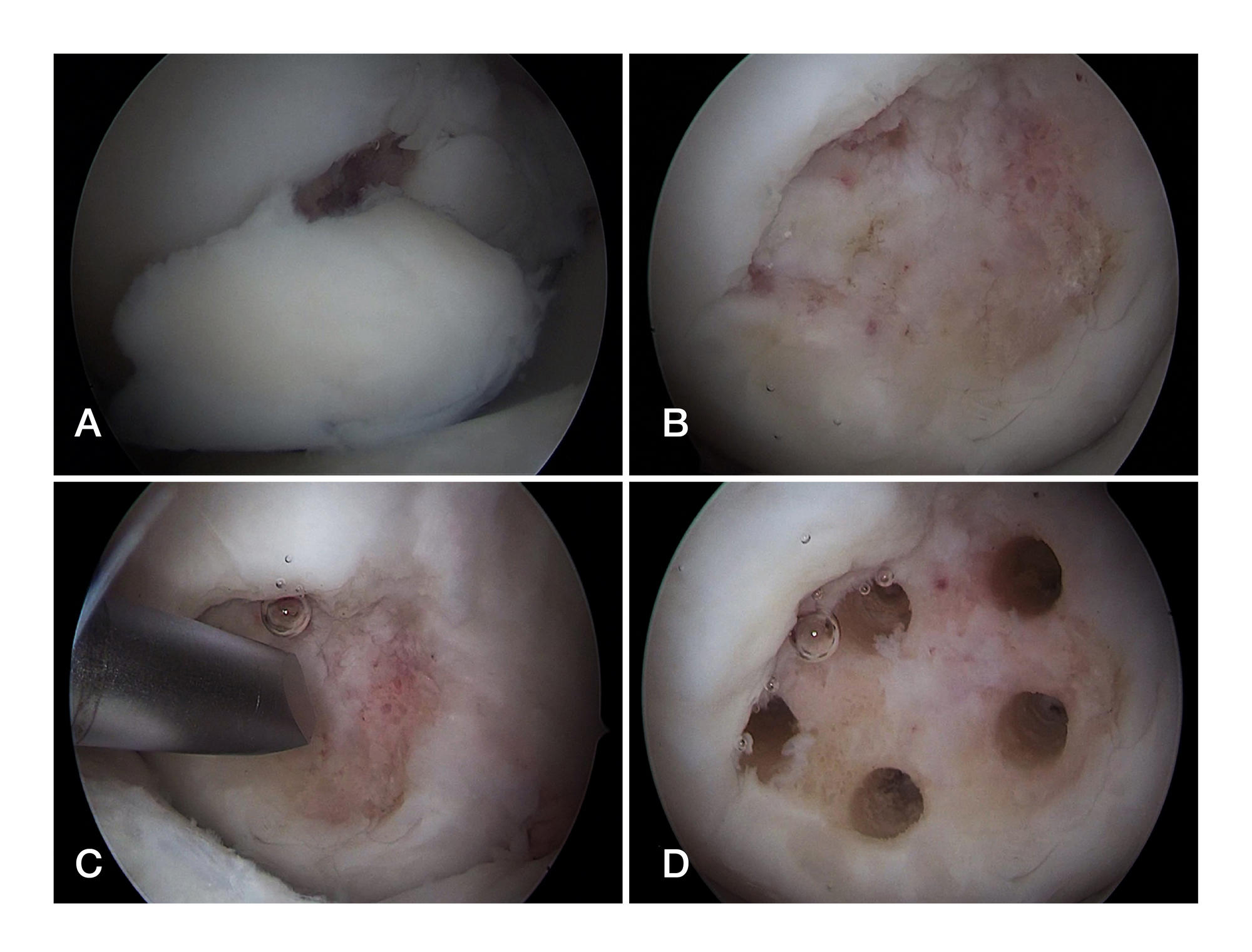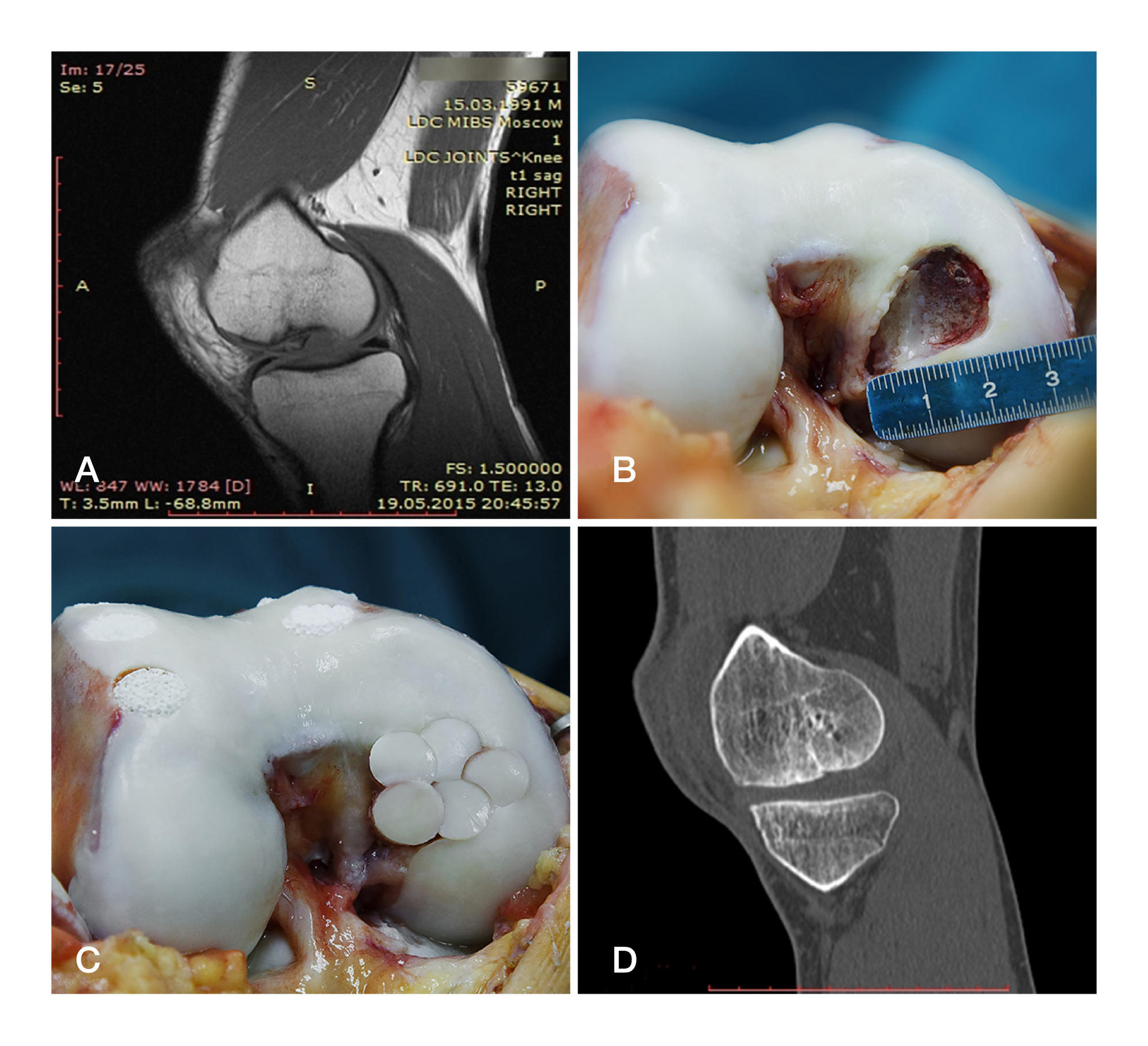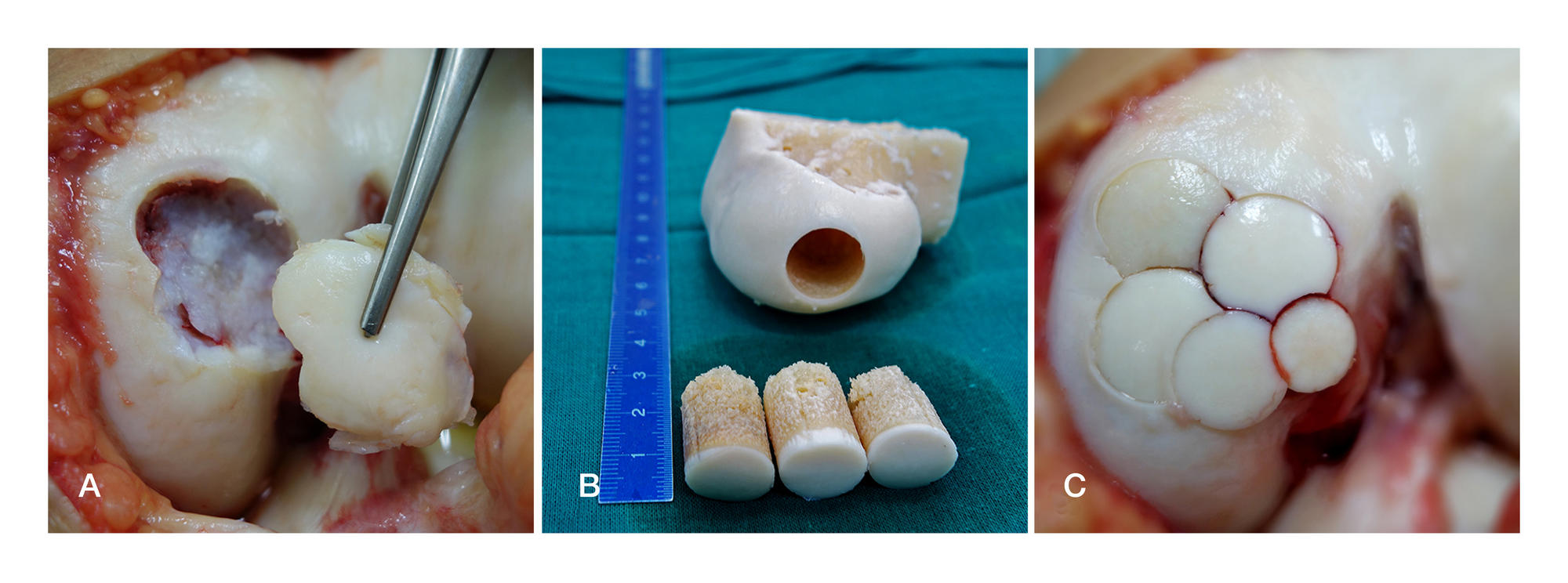
ISSN Print 2500–1094
ISSN Online 2542–1204
BIOMEDICAL JOURNAL OF PIROGOV UNIVERSITY (MOSCOW, RUSSIA)

Department of Traumatology, Orthopedics and Field Surgery, Faculty of Pediatrics,
Pirogov Russian National Research Medical University, Moscow
Correspondence should be addressed: Guram D. Lazishvili
ul. Ostrovityanova, 1, Moscow, 117997; 89166575996; moc.liamg@zalmarug


